The inevitable came to pass and one of our four chooks finally passed away after months of being off-colour. Time to inject fresh blood into the flock so that young birds have time to learn new tricks from old hens.
Commercial hens have a laying lifetime of typically just a few short years before being replaced, yet a healthy free-ranging home flock can provide good value for at least five years.
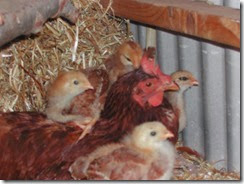 Pullets (hens less than a year old) are usually purchased at ‘point-of-lay’, or about 24 weeks of age. While one can go to the trouble of raising hens from eggs, our experience is that this works well only if the chicks are born to a mother hen who has turned broody, sat on fertilised eggs and considers herself to be the protective mother figure for the four to six months needed for chicks to reach independence.
Pullets (hens less than a year old) are usually purchased at ‘point-of-lay’, or about 24 weeks of age. While one can go to the trouble of raising hens from eggs, our experience is that this works well only if the chicks are born to a mother hen who has turned broody, sat on fertilised eggs and considers herself to be the protective mother figure for the four to six months needed for chicks to reach independence.
The local grain store in Magill – where we purchase grains and seeds for our hens – had only de-beaked birds for sale. This is of little use to us; our bargain with our chicken flock is that they forage vigorously for insect pests and their own greens in exchange for shelter, grains and water. A full beak is essential for free ranging hens.
So we drove a bit further to our ever-reliable hen supplier – Keelan Grain and Fodder store on Payneham Road where we have purchased ISA Brown hybrid hens for many years. This breed has a pleasant temperament, lays well and is an excellent forager. Other breeds available were White Leghorns and black Australorps. The former are a bit too flighty for us, and the latter (from a different provider) proved to be prone to weird hen diseases.
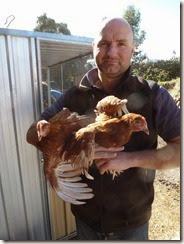 Clayton at Keelan’s proved knowledgeable on all matters to do with hens and their housing; he picked out two young hens from the various flocks kept on-site and put them in a cardboard carton for the trip home.
Clayton at Keelan’s proved knowledgeable on all matters to do with hens and their housing; he picked out two young hens from the various flocks kept on-site and put them in a cardboard carton for the trip home.
Moving new young birds into a flock of old biddies is a traumatic experience for the youngsters. The term ‘hen-pecked’ has its roots in this aggressive behaviour. However, this injection of new hens among old ones works well enough in our new chicken shed because the old hens spend most of their day outside and the new young birds have yet to puzzle out how to exit to the bigger wider world through the bird-proof ‘deli-door’. So for awhile a least, they will lead separate lives.
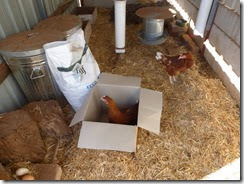 Back home, and the young hens need to wait in their cardboard box while one of their older sisters finishes the long process of laying an egg inside the hen house. Then the youngsters are out in their new home; now we wait for some months while they find their place at the bottom of the pecking order.
Back home, and the young hens need to wait in their cardboard box while one of their older sisters finishes the long process of laying an egg inside the hen house. Then the youngsters are out in their new home; now we wait for some months while they find their place at the bottom of the pecking order.

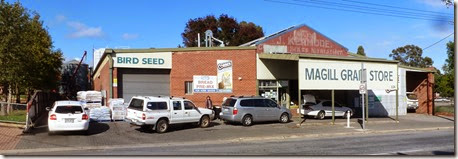
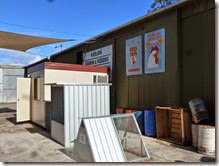
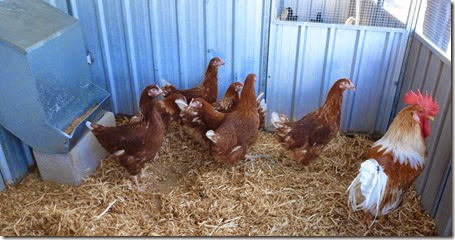
1 comments:
Nice post thankks for sharing
Post a Comment